Bhutan is unlike any other place we've travelled to. Western influence is minimal, and the country measures prosperity by Gross National Happiness rather than material wealth.
It’s easy to see why Bhutan is called The Last Shangri-La - its people are warm, life moves at a slower pace, and its connection to nature and Buddhist traditions runs deep. It's also one of the world's only carbon-negative countries.
Travelling here is also unique since tourism is controlled. This makes planning your trip a little different than usual, but with the right approach, it can be a seamless and rewarding experience.
In our Bhutan travel guide, we cover how to plan your trip, how to customize your itinerary, and the cultural and historical highlights you won’t want to miss - all based on our own experience exploring this extraordinary country.
Overview: How to Plan a Trip to Bhutan |
Can you visit Bhutan without a guide?
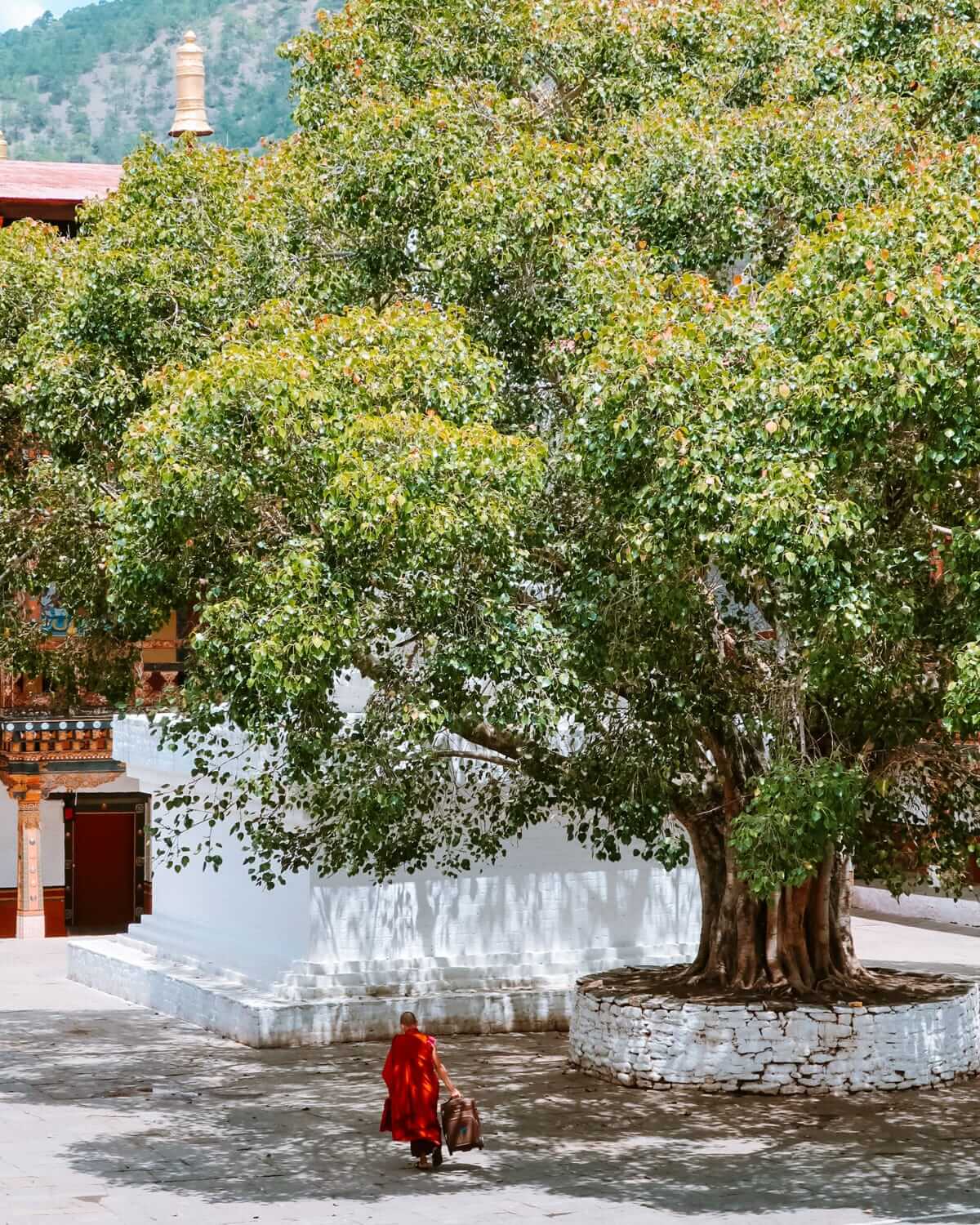
Tourism is strictly controlled, so unless you’re an Indian citizen, you can only visit with an official guide.
Our experience travelling in Bhutan with a guide:
We usually have a rough plan and like to go with the flow when exploring a new country. But, in this instance, we had a packed itinerary of sightseeing that took some getting used to.
Although we didn't have much freedom to explore the country on our own, it wasn't like we were under constant watch.
Our guide gave us space to explore the cities and unwind at the peaceful hotels we stayed in. Having a guide turned out to be an amazing way to experience Bhutan, especially in a place with such a deep cultural and spiritual heritage.
How to book a trip to Bhutan
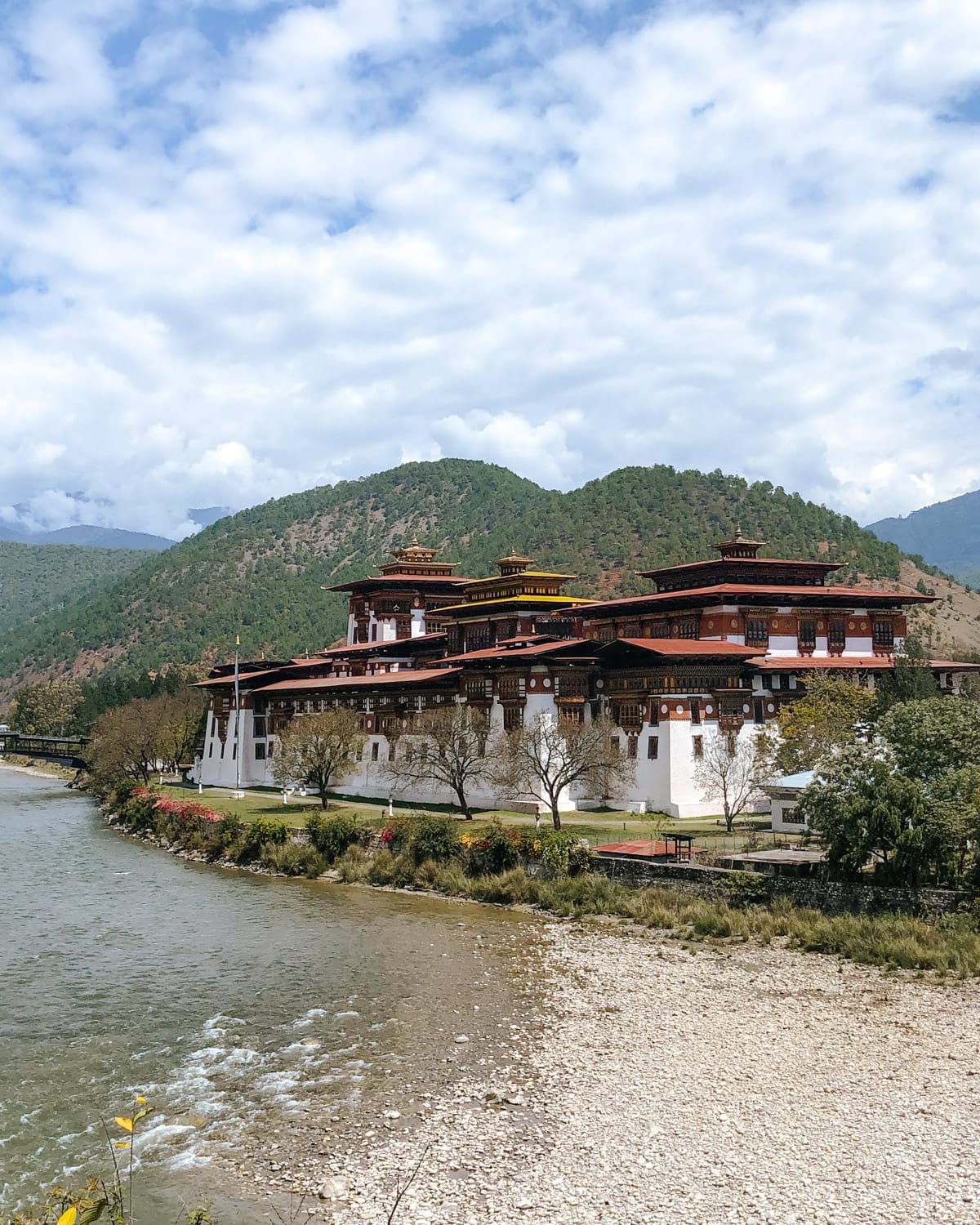
The process of travelling to Bhutan can be easy with the right tour group.
We chose Himalayan Glacier since we also booked our Gokyo Lakes trek in Nepal through them. It was easy to combine both trips. They are a reputable company that has been in business for over 30 years.
Our package included government-approved A and B category hotels, entry to sites, all meals, a knowledgeable Bhutanese guide, and a driver. They also took care of our visa arrangements.
🇧🇹 Browse more Bhutan tours.How much will a trip to Bhutan cost?
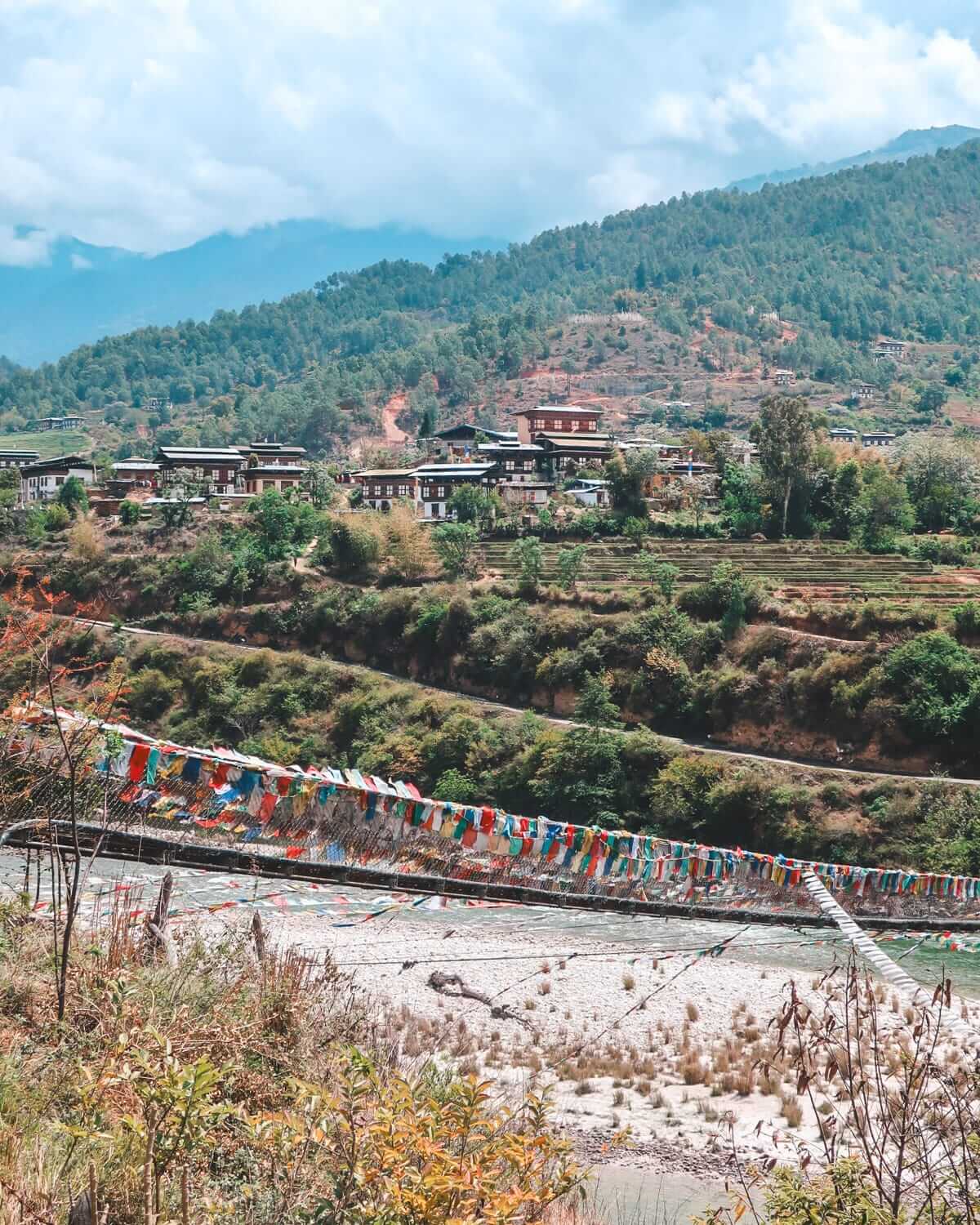
Travelling to Bhutan isn't cheap, since the government requires tourists to pay a $100 USD sustainable development fee per person per day.
The 5-day tour we took works out to $530 USD per person, per day in 2025. This price includes all fees, visas, a guide, driver, entry fees to historic sites, transportation, meals, and stays at government-approved A and B category hotels.
The hotels we stayed in were not only comfortable but also beautifully unique, adding to the overall experience of our trip. If you're looking to stay at luxury hotels, you'll have to budget more to upgrade.
✔️ Top Tip: When browsing Bhutan tours online make sure to read what's included, because some tours may seem cheaper but they don't include all meals, entry fees, or the visa and sustainable development fee.
5 Bhutan Travel Tips to Customize Your Trip
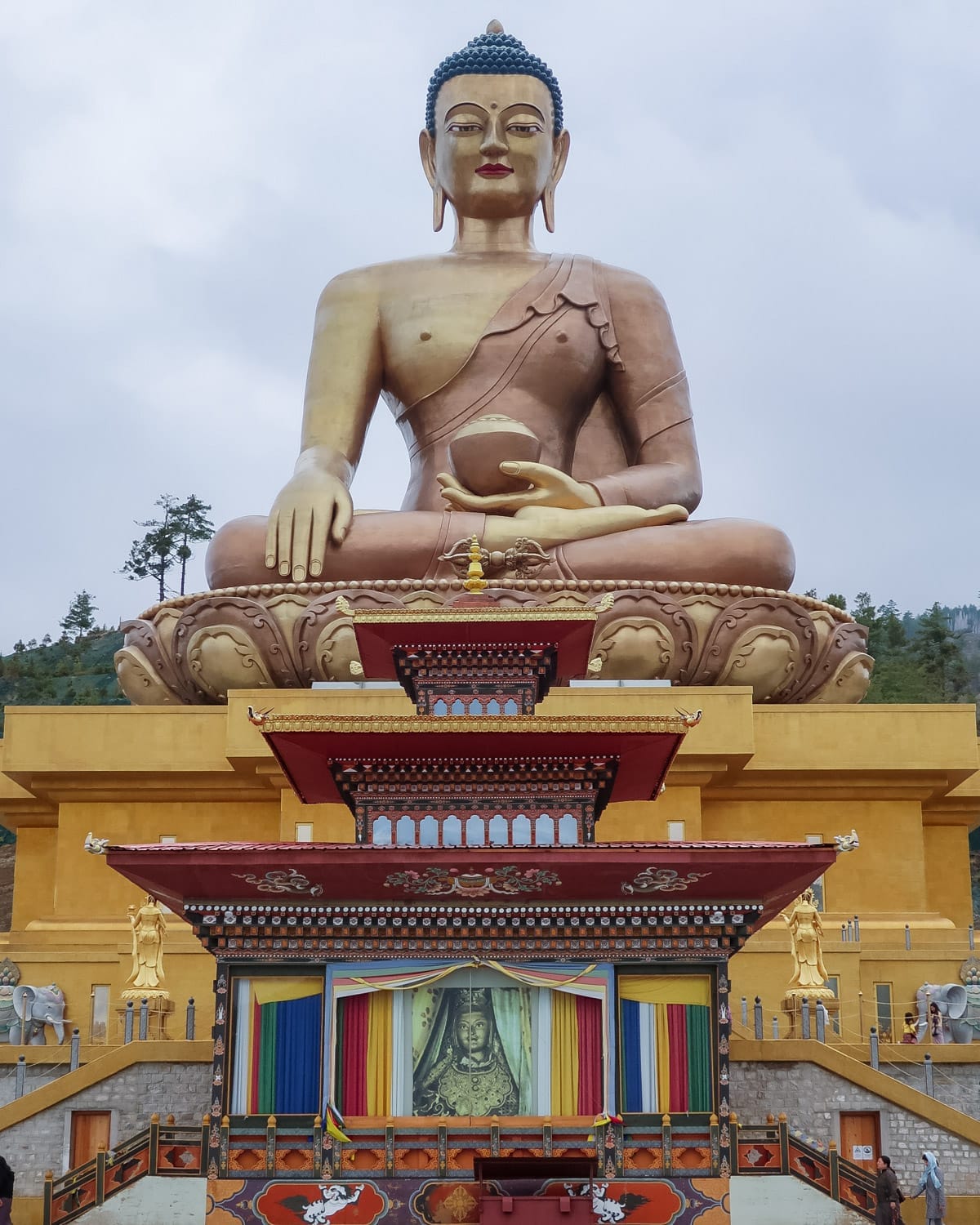
Although you won't have much freedom to explore the country on your own, there are ways you can customize your trip to make it the best fit for you. We we wish knew these tips to customize our trip beforehand!
1. Experience Bhutanese culture beyond the historic sites
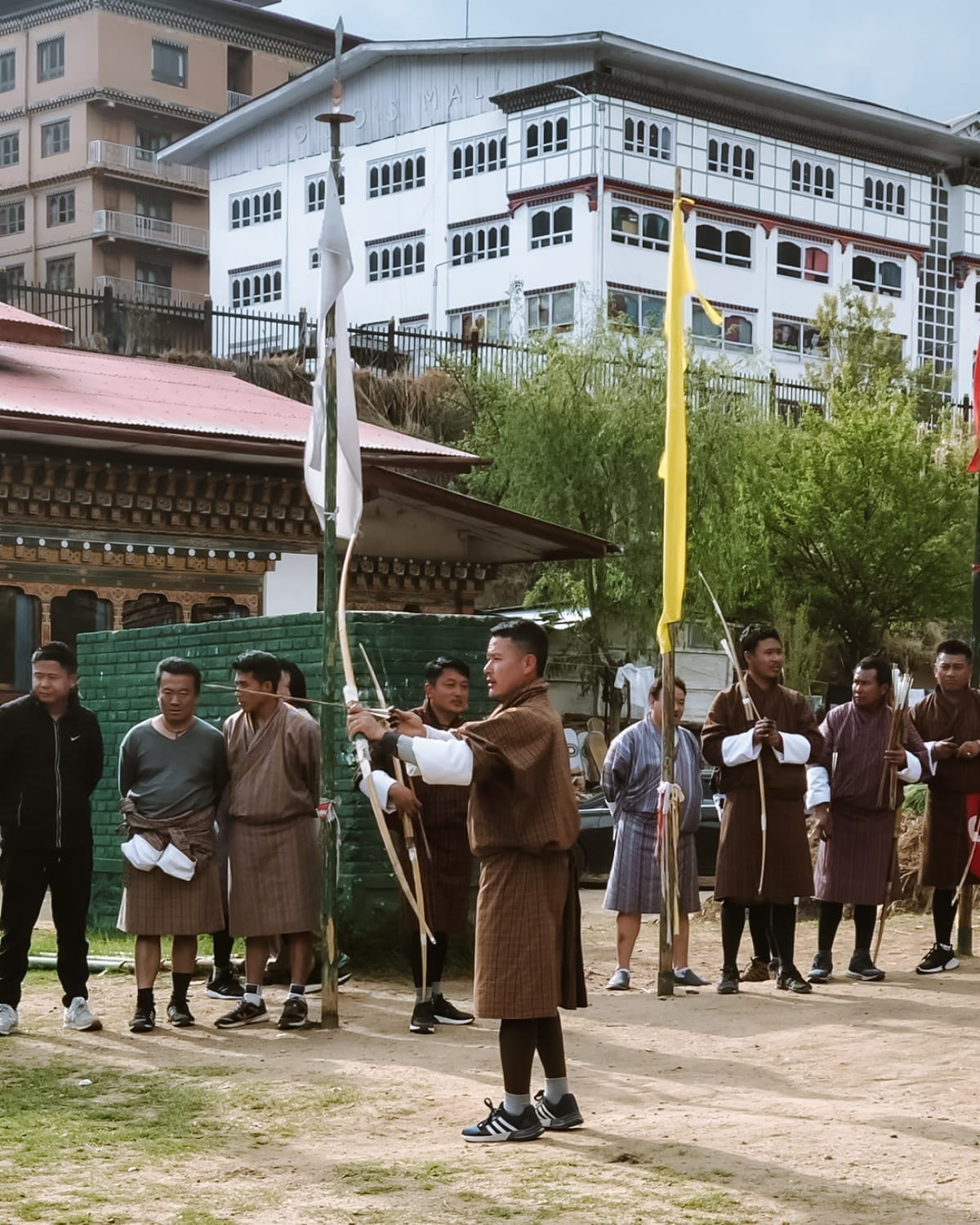
You will see A LOT of temples & fortresses if you're not on a hiking tour, so we recommend mixing it up with some hands-on Bhutanese cultural experiences.
The temples are stunning, with towering, ornate statues, and the fortresses are impressively well-preserved. But after seeing several, it can start to feel a bit repetitive, even though each place holds its own significance.
To add variety to your trip, consider requesting some local experiences. We were excited to try a traditional hot stone bath and test our skills in archery, Bhutan’s national sport. It was a fun way to engage with the culture beyond sightseeing.
2. Request to vary the restaurants during your trip

The food becomes quite repetitive since each restaurant is designed for tourists and consists of a buffet with chicken, rice, vegetables, and occasionally fish.
It was very similar for both lunch and dinner. In hindsight, we would have asked to switch up one of our buffet meals each day for a la carte, even if it increased our cost.
Ask your tour company to include some restaurants with a menu.
3. Verify what hotels you are staying at
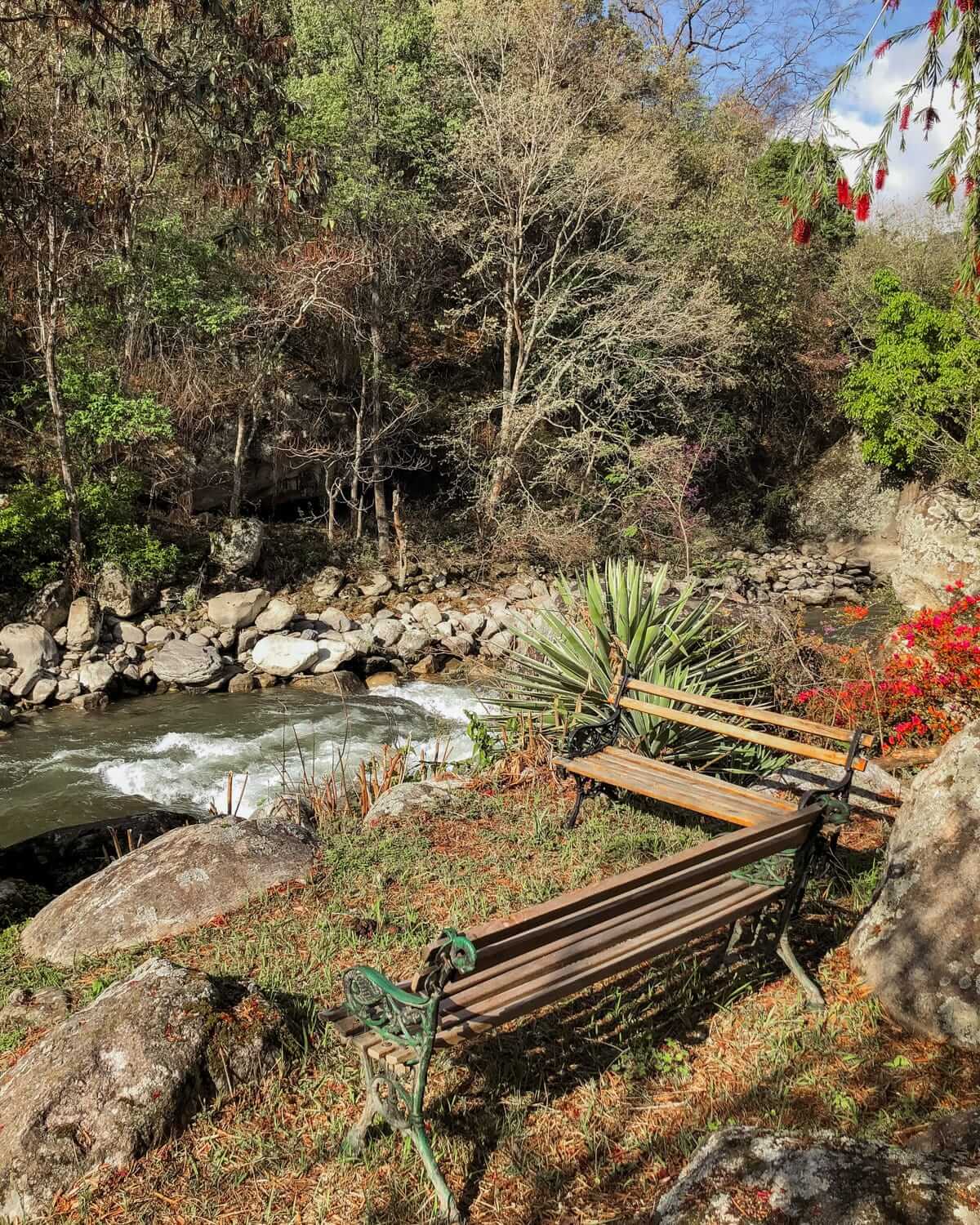
We stayed at Namgay Heritage Hotel in the capital city of Thimphu, Kichu Wangdu Resort by a remote river, and Gangtey Palace in Paro. We luckily loved all of them and each provided a unique experience.
We liked our stay at Kichu Wangdu Resort so much, that we wished we had an extra day there to relax by the river and enjoy the scenery.
If you have time, we recommend taking a one day break from activities to relax and enjoy Bhutan's natural beauty. Try being like Siddhartha for the day and meditate by a flowing river!
4. A little Buddhist knowledge goes a long way
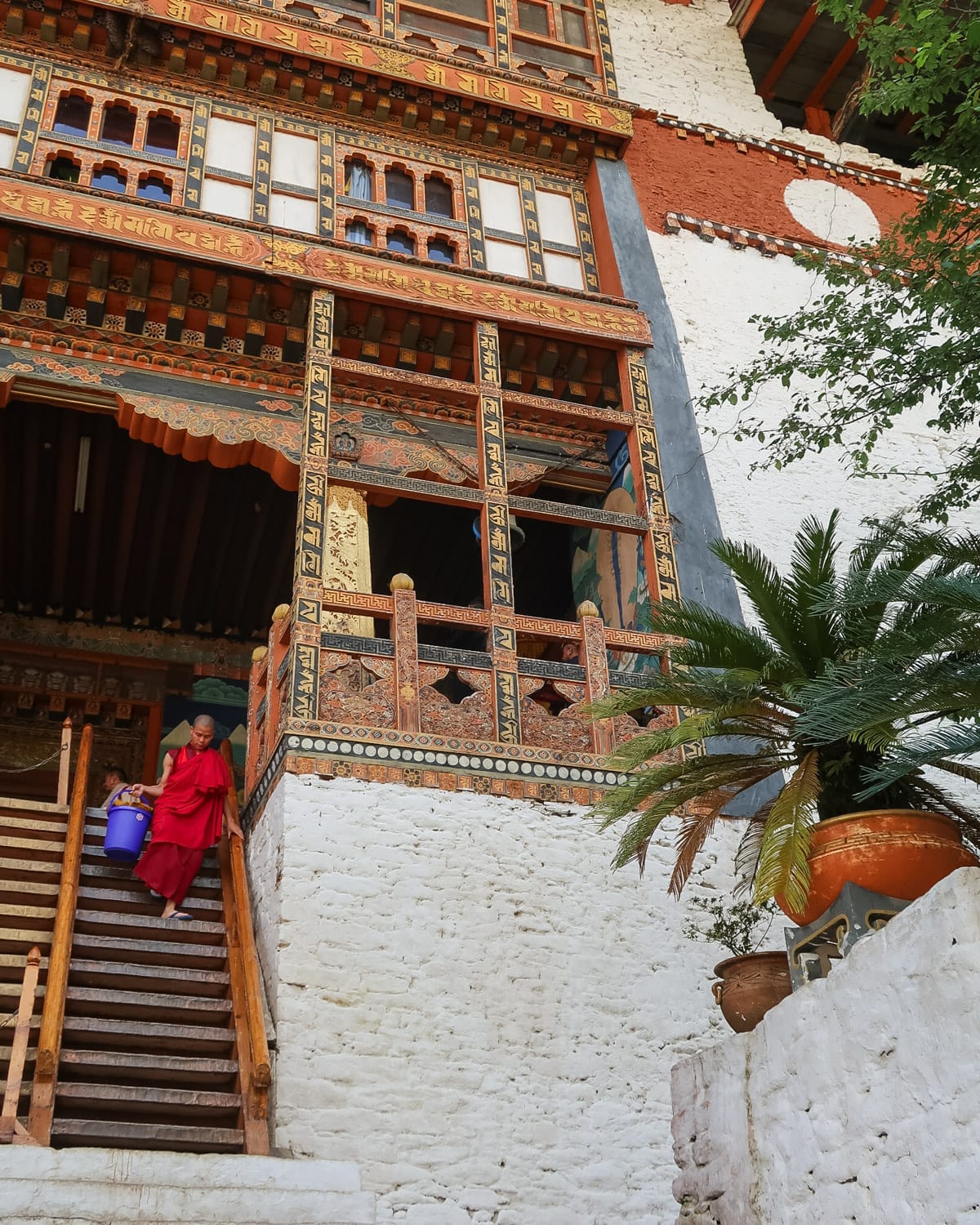
Before your trip, ask which historic sites and monasteries you’ll be visiting so you can do a little prep.
Buddhism has a rich, complex history, and while your guide will share plenty of insights, having some background knowledge goes a long way. You’ll be able to ask better questions and truly appreciate the significance of what you’re seeing.
Bhutan is officially recognized as a Buddhist country, so reading The Teaching of Buddha before your trip is a great way to get a feel for its spiritual roots. We wish we had taken the time to do this beforehand!
5. Request free time to explore shops and markets
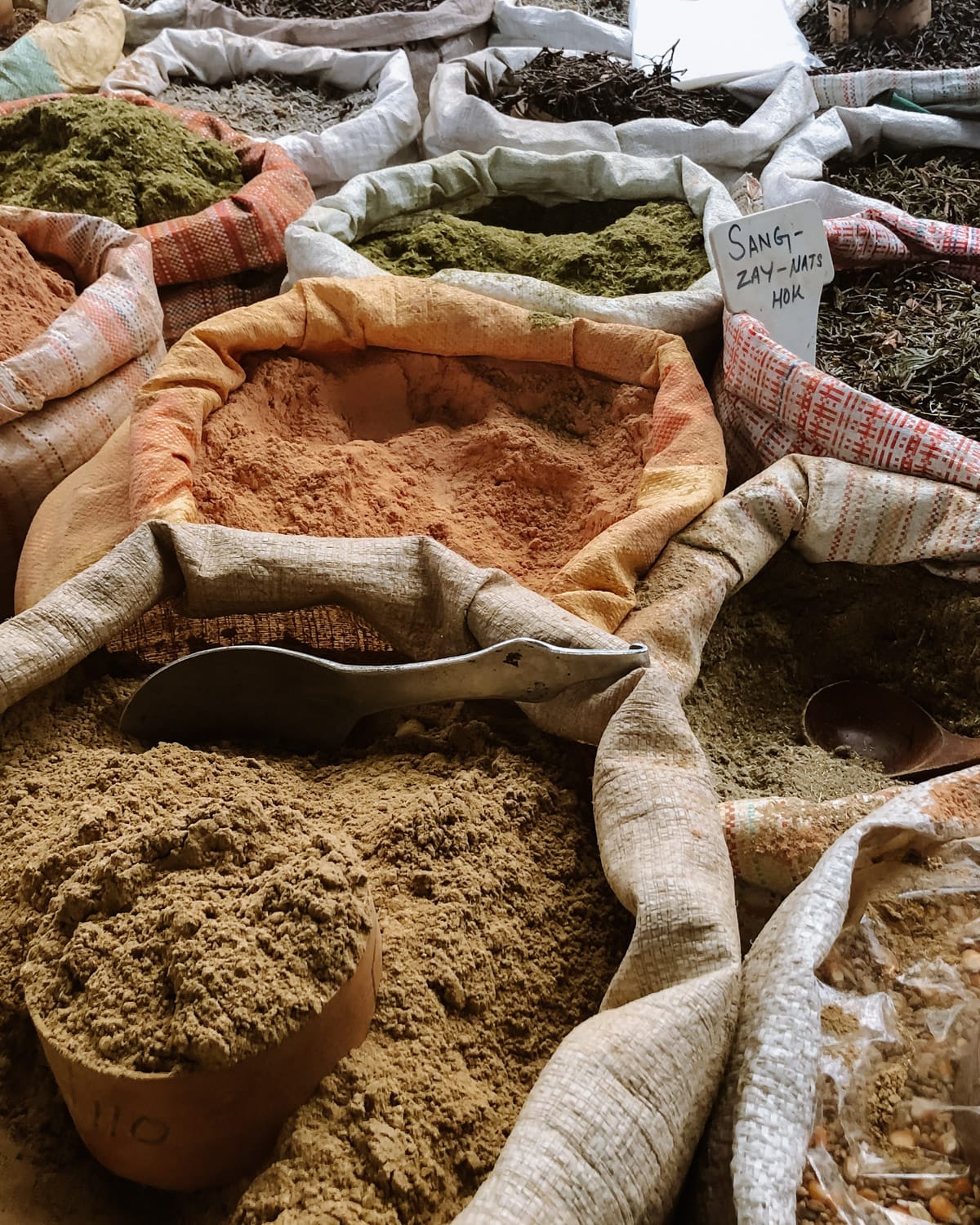
Take some time to browse Bhutan’s shops and handicraft stores - you’ll find everything from handwoven textiles to beautifully crafted souvenirs.
If you find something you love, check a few different stores before buying. We did this when picking out a traditional wooden rice wine cask and saw prices vary from shop to shop.
The local food markets are also worth a visit, offering a glimpse into daily life as locals shop for fresh produce and spices.
Our Top 3 Travel Highlights in Bhutan
1. Tiger's Nest Monastery
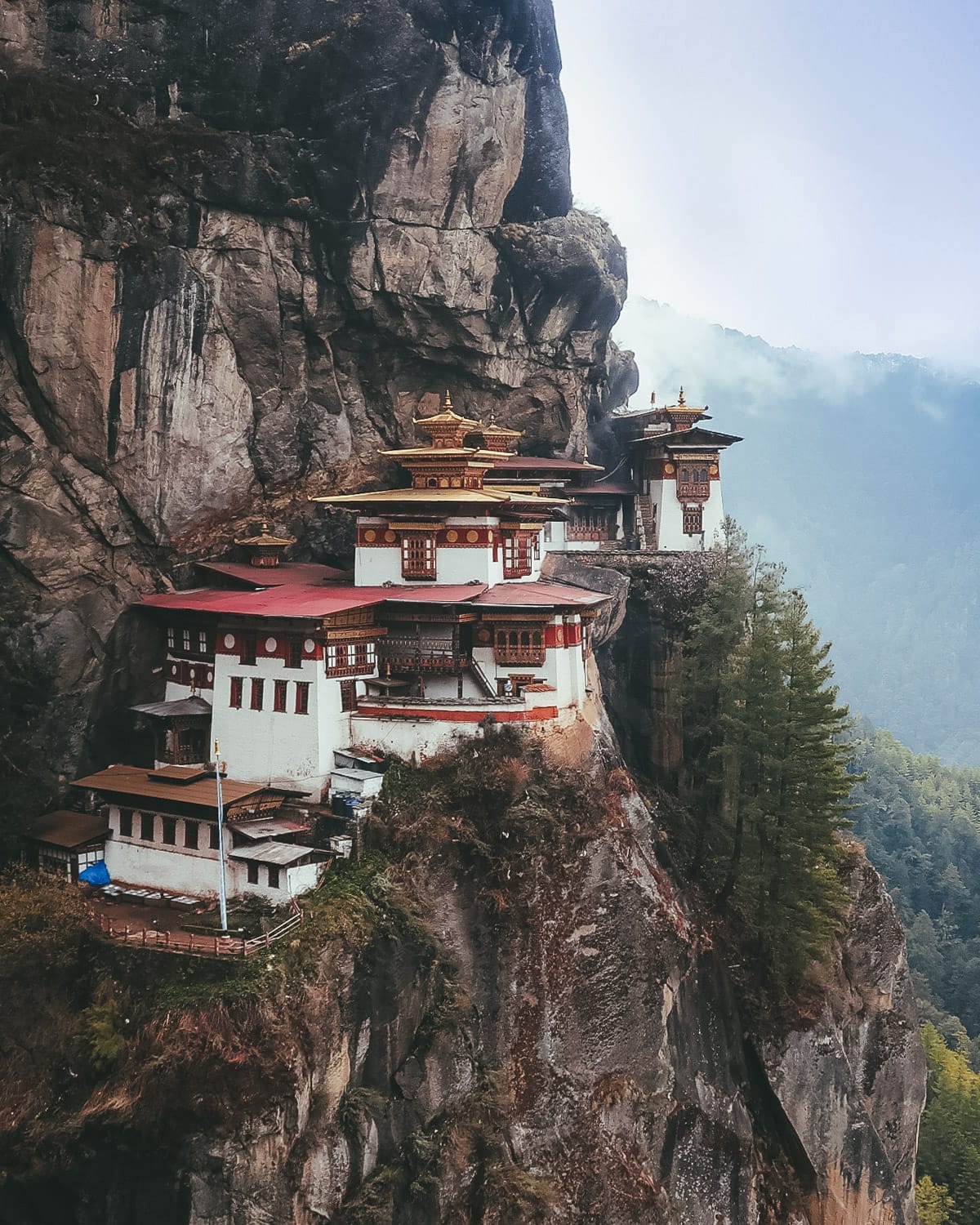
Bhutan’s most famous landmark, Paro Taktsang (Tiger’s Nest Monastery), clings dramatically to a cliffside at 3,120 meters - and it’s just as breathtaking in person as it looks in photos.
The hike is 4 miles (6.4 km) round trip with an ascent of 518 meters. It’s well worth the effort, but to make the trek more enjoyable, start early - you’ll beat the crowds and avoid the midday heat.
2. Soaking in a traditional hot stone bath
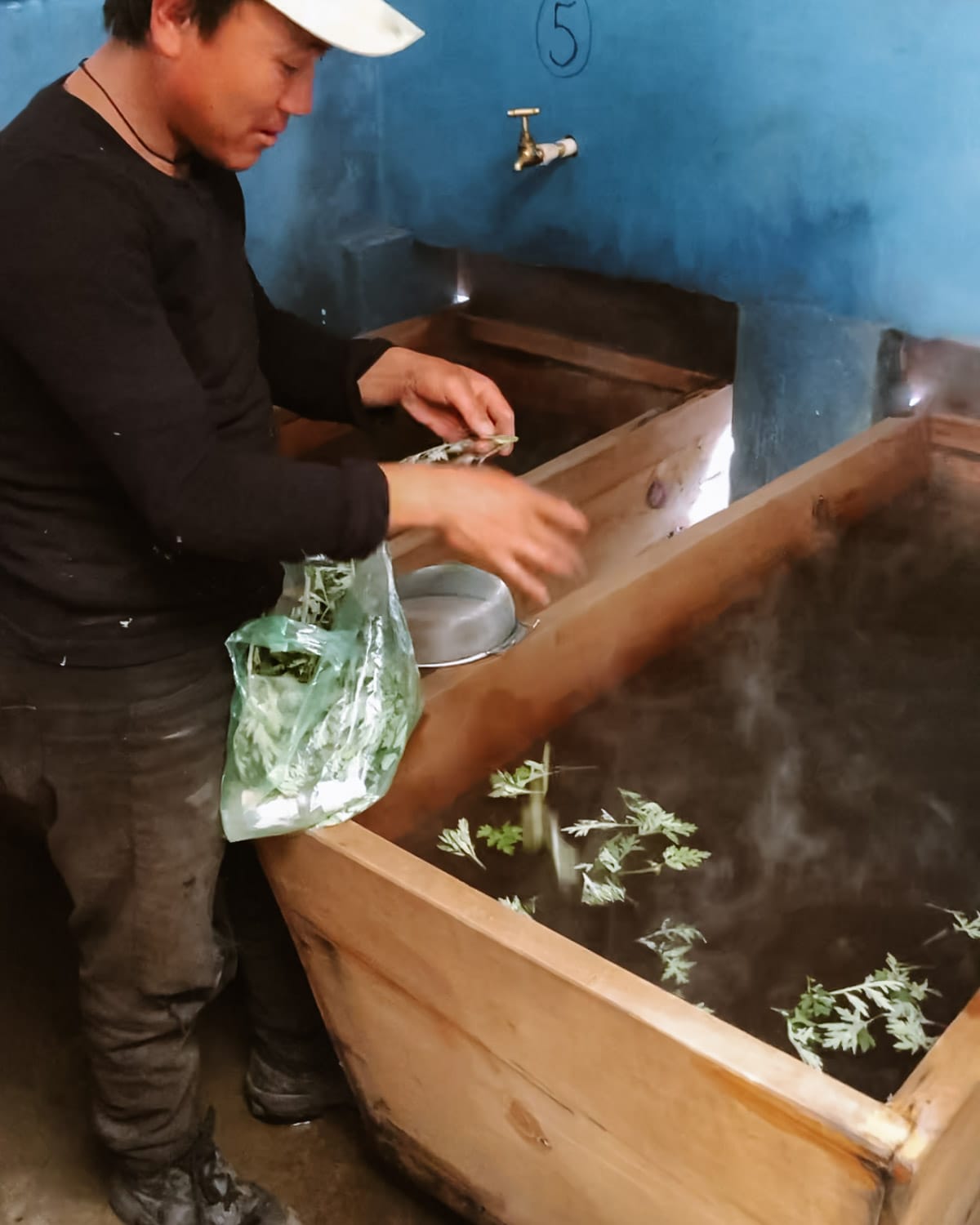
Ooh la la! A hot stone bath is one of Bhutan’s most relaxing traditions. Used for centuries as a healing treatment, it’s the perfect way to wind down after a long day of sightseeing.
The process is simple but special: river stones are heated over a fire until they’re glowing red, then dropped into a wooden tub filled with fresh river water. To enhance the experience, artemisia leaves, believed to have medicinal properties, are scattered into the bath.
It gets really hot - you'll need a few cooling breaks so you don’t overheat (we even heard of someone fainting in the tub!). But don’t worry, the hot stones are kept behind a wooden barrier, so you won’t burn yourself. Just sit back, relax, and soak it all in.
3. Punakha
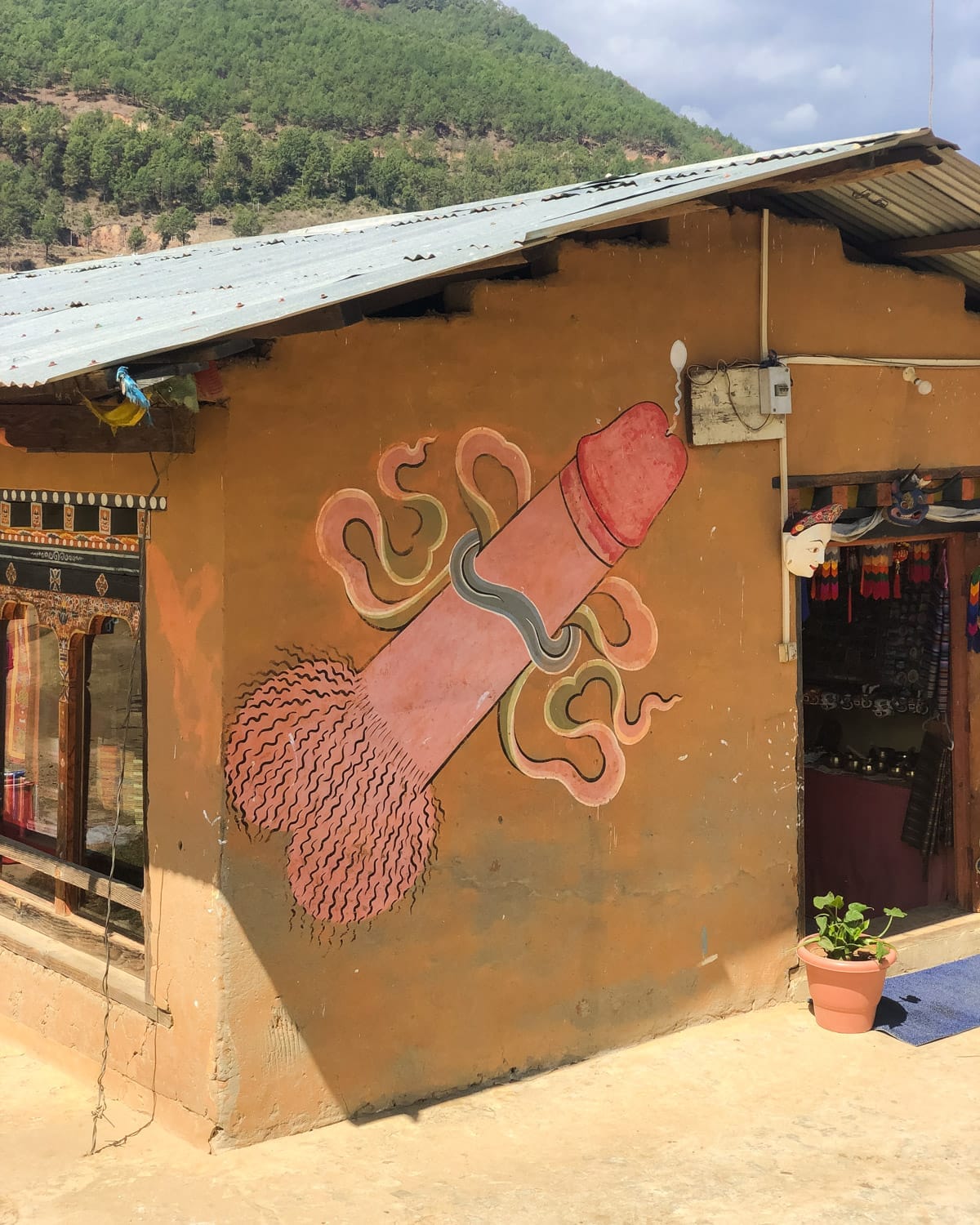
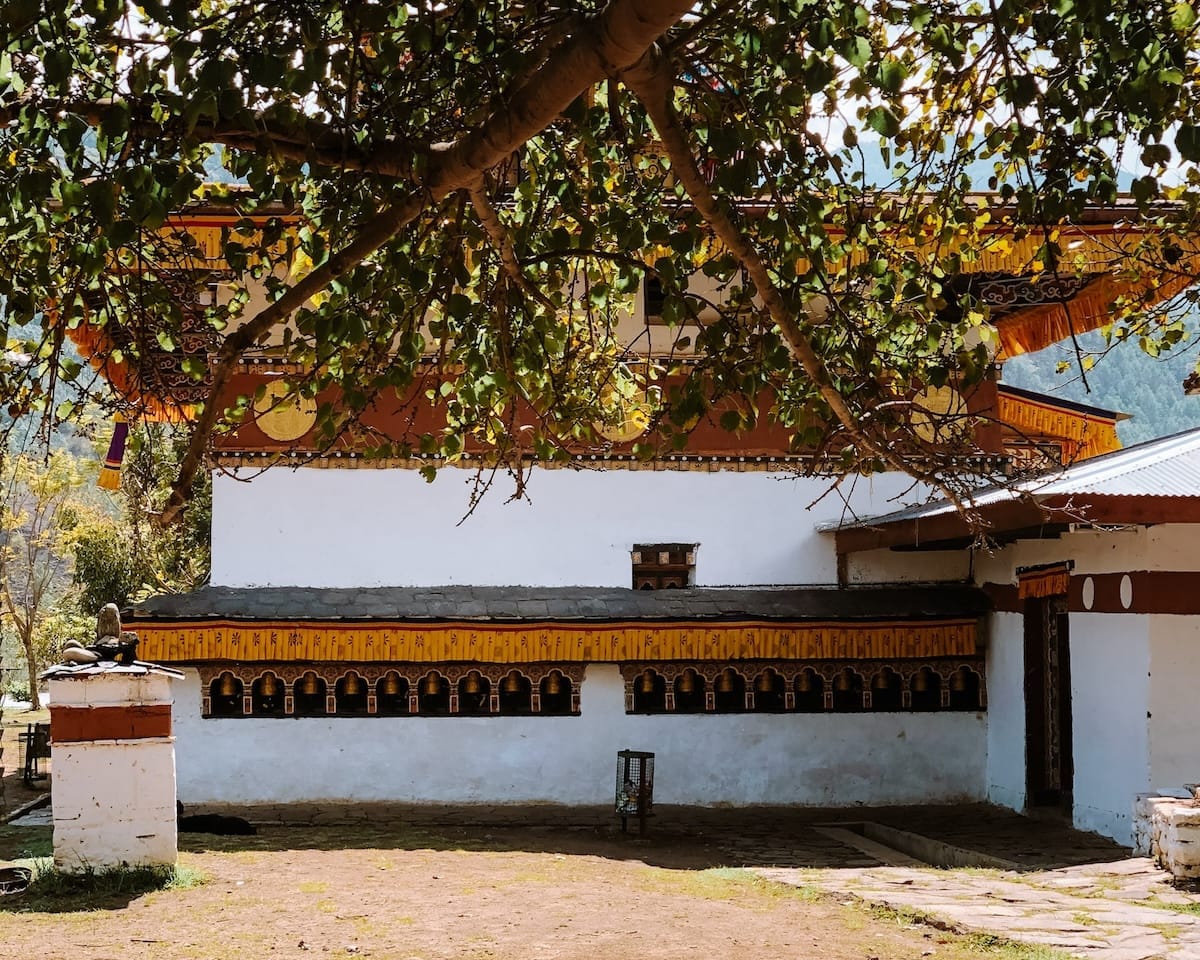
One our our favourite and unexpected historical attractions was Punakha, a town where you'll see decorated phalluses painted on walls and tons of phallus trinkets. It was surprising to see this in a traditional country, but these phalluses have a spiritual origin.
Lama Drukpa Kuenley was an enlightened Buddhist Master in the 1400s who used the phallus as a "flaming thunderbolt" weapon, symbolizing the discomfort that society experiences when facing the truth.
Today Buddhists from all over the world come to the Chime Lhakhang temple to pray for the survival and the health of their children. Women who wish to have children walk around the temple at least three times carrying a huge wooden phallus.
It was a twist from the traditional sites we had seen. We highly recommend it!
Best season to visit Bhutan
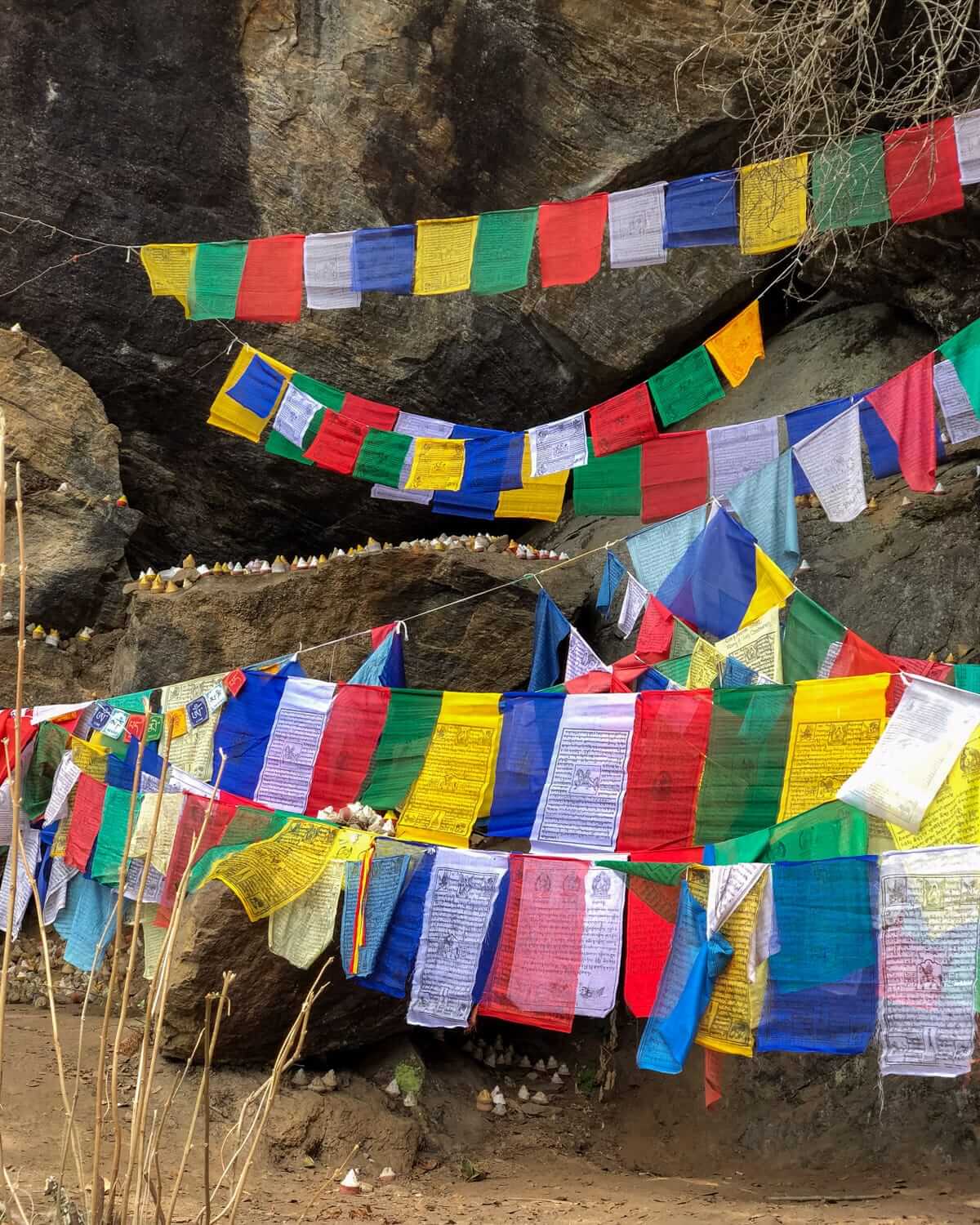
There are two seasons that are the best to visit in Bhutan.
The first is in fall from September to November, when temperatures are not too hot or cold and the skies are clear. Fall is the best season to go if you plan to do lots of hiking.
The second best season to visit is during Spring from March-May. This is when you will see flowers bloom. The skies won't be as clear and sunny as in Fall, however.
The worst season to visit Bhutan is during its monsoon season from June -August. It will feel hot and the mountains will likely be covered by rain clouds.
If you don't like the cold, avoid visiting in December-February, where you'll see lots of snow and temperatures drop below zero.
We hope our Bhutan travel guide made planning your trip a little easier!
Save and pin this Bhutan travel guide for later:
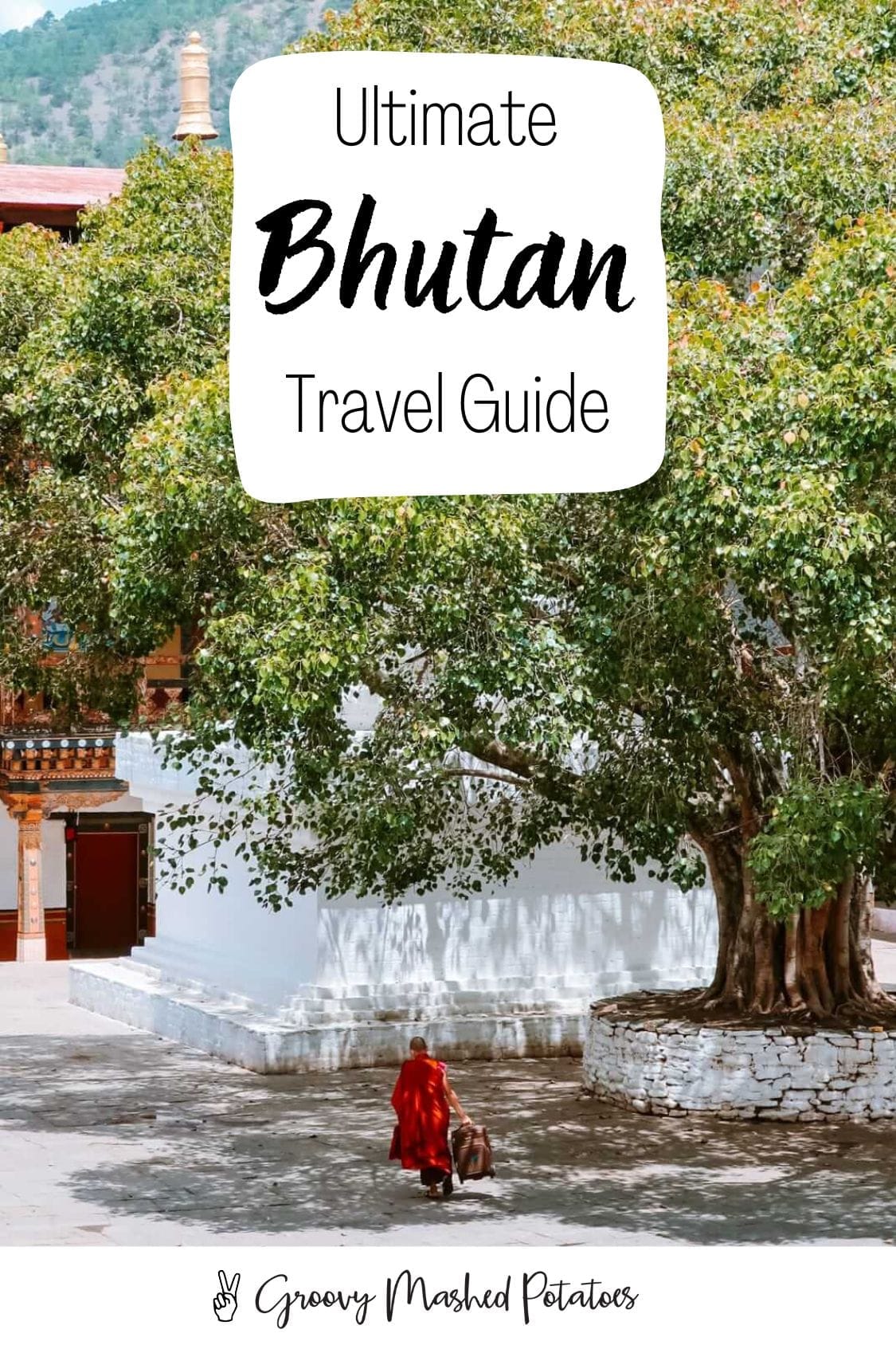
Looking for more travel inspiration? Check out our list of Fun Adventure Ideas and list of Unique Cultural Experiences to inspire your next trip.

